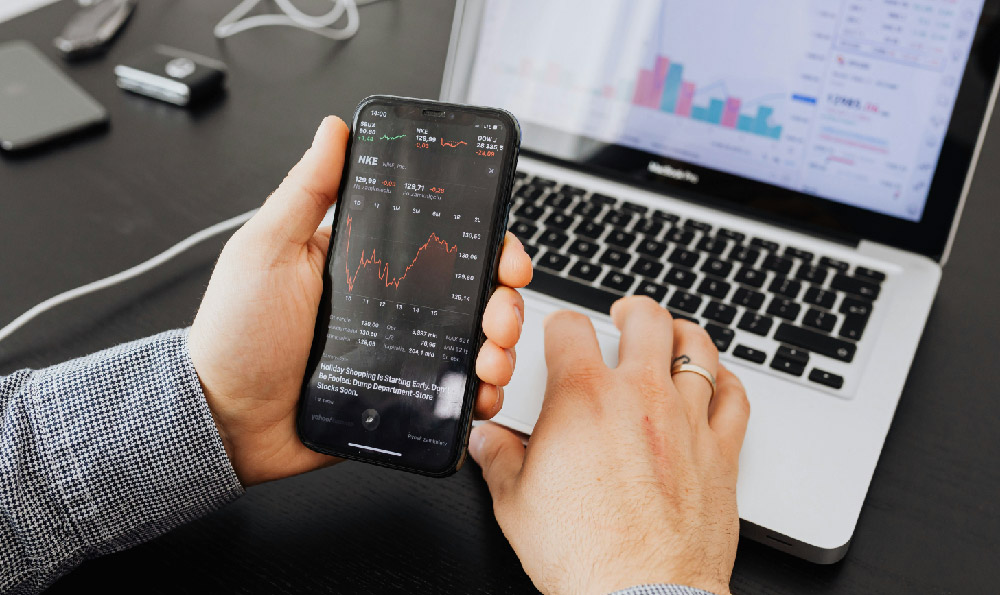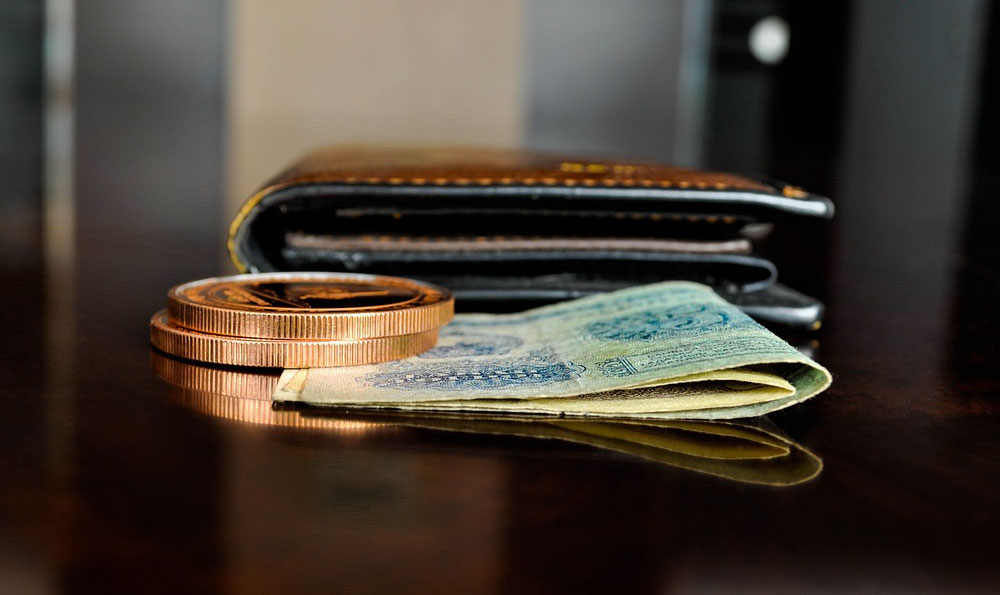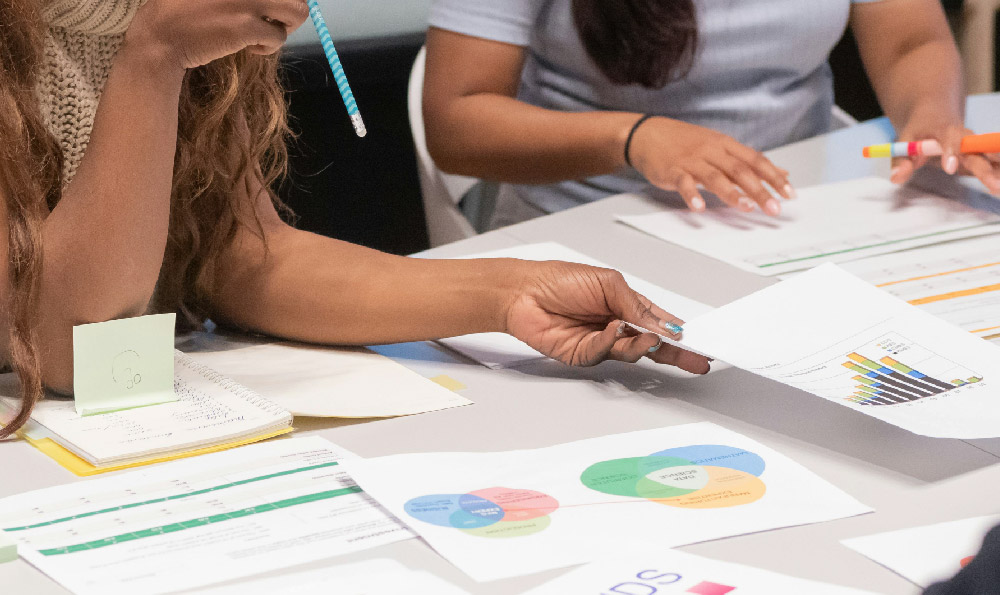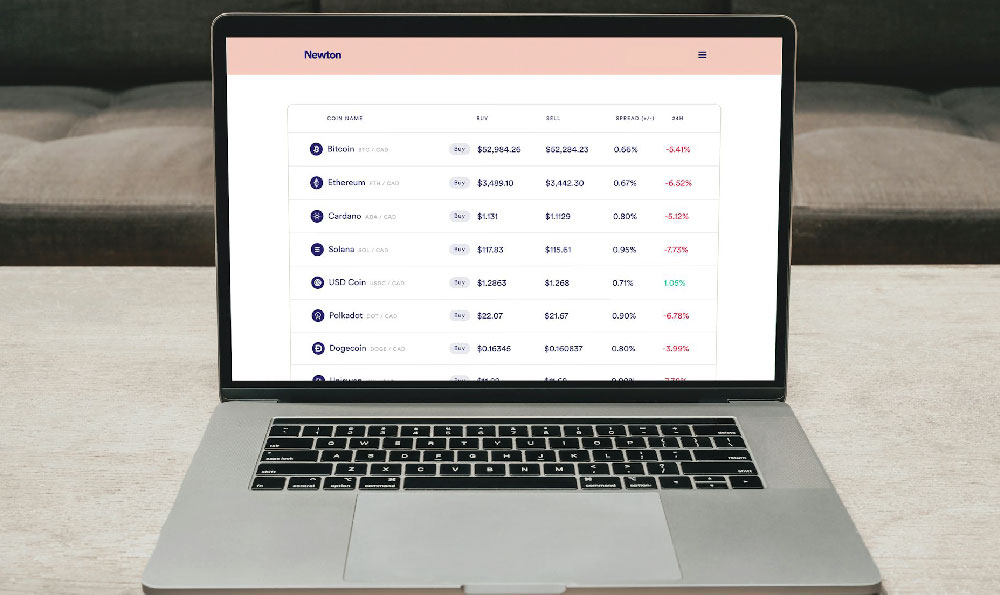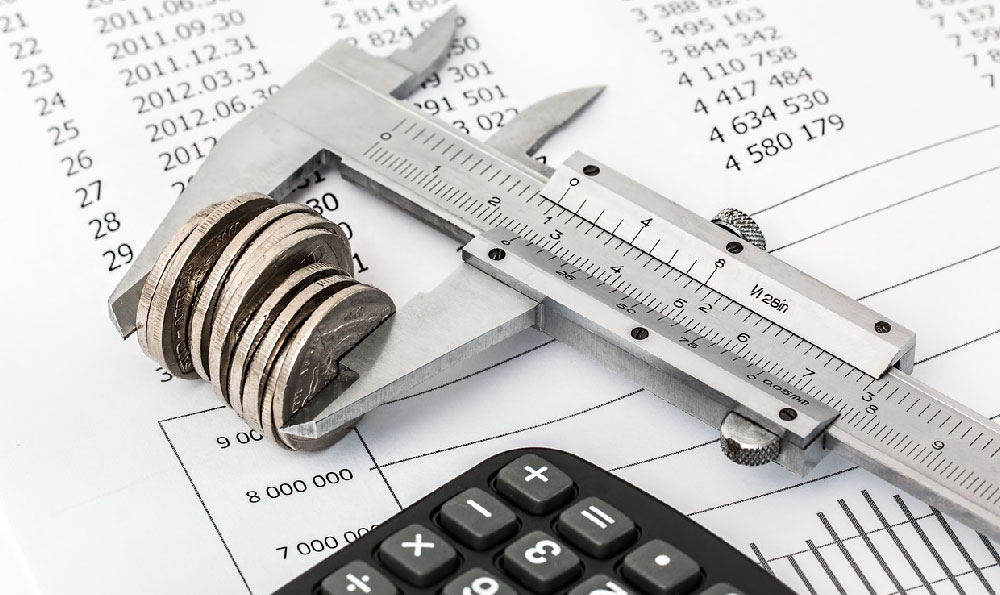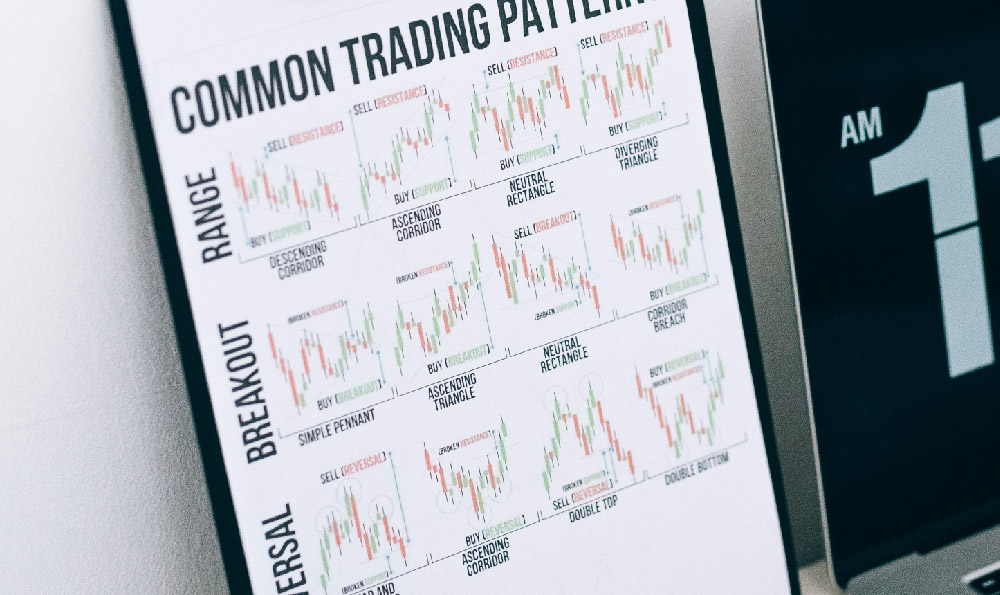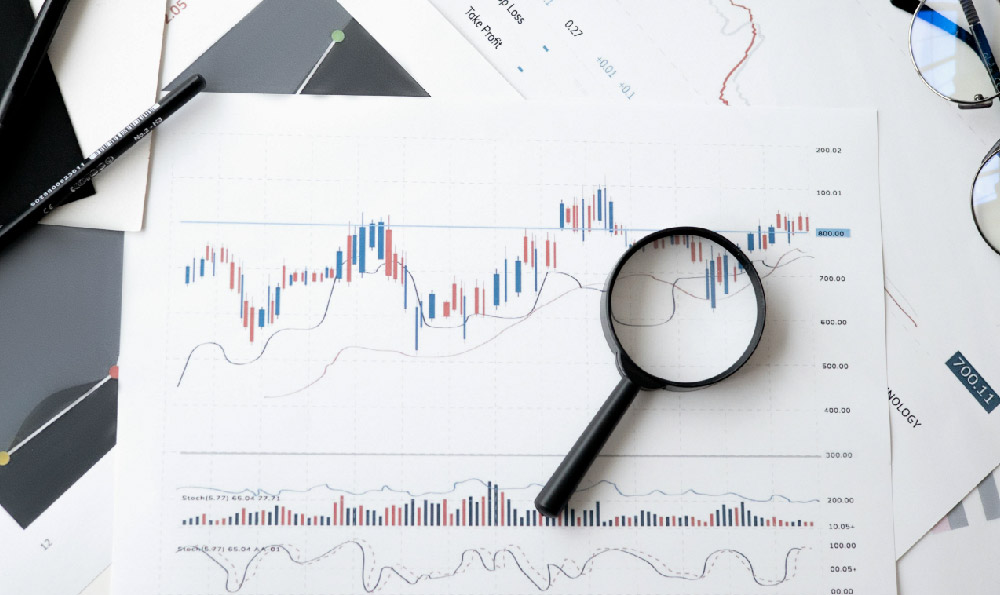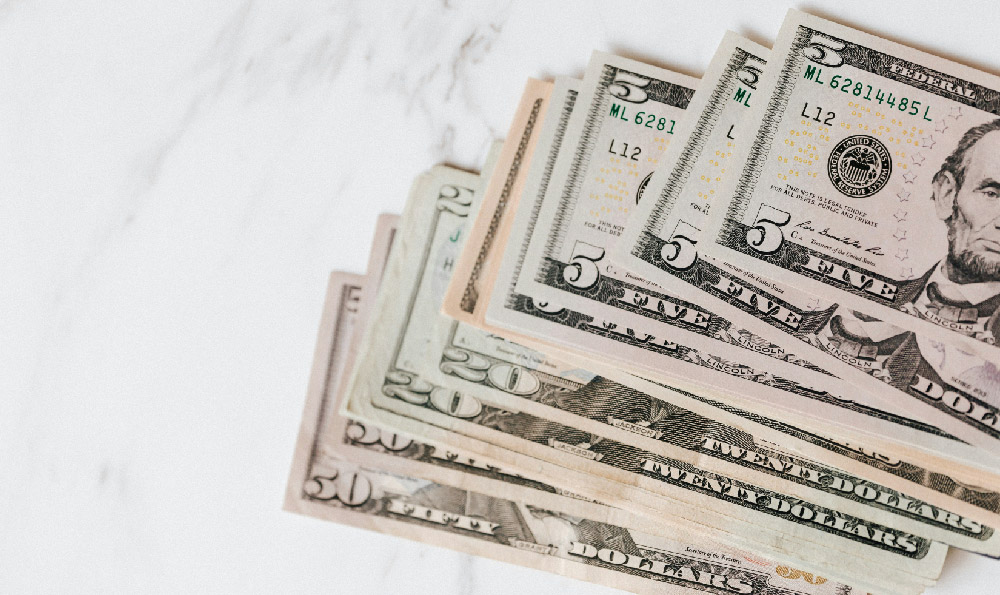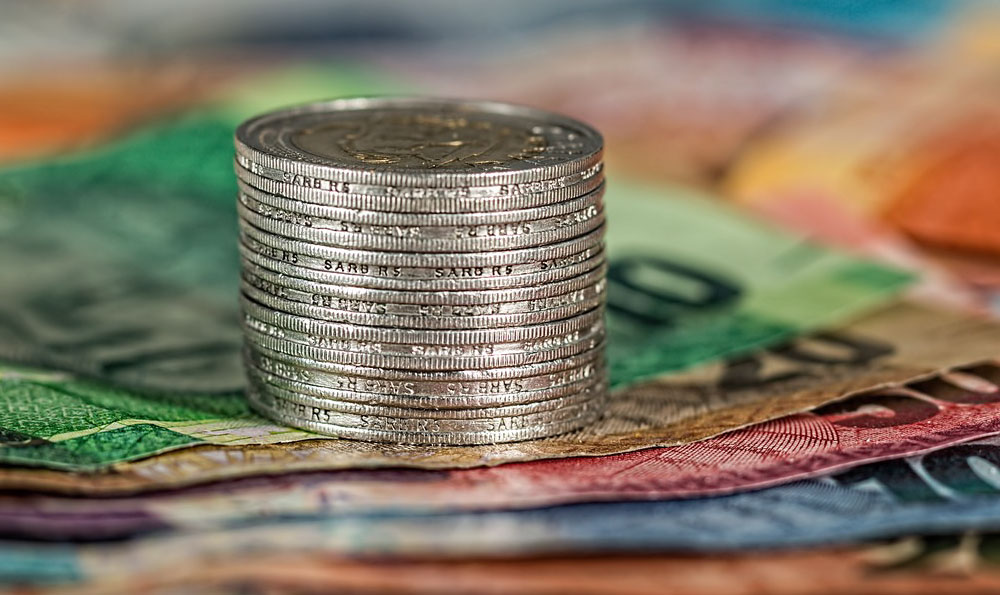Pablo Escobar's story is one of immense wealth, unparalleled brutality, and ultimately, a cautionary tale. Attempting to quantify his daily earnings is a complex task, fraught with estimations and reliant on fragmented historical accounts. However, understanding the scale of his financial operations offers a glimpse into the magnitude of his criminal empire and the mechanisms that fueled it.
Escobar's fortune was derived almost entirely from the cocaine trade. The Medellin Cartel, which he co-founded and led, controlled the majority of the cocaine flow from Colombia to the United States throughout the 1980s and early 1990s. This dominant position allowed Escobar to dictate prices, manipulate supply, and amass an unprecedented level of wealth.
Several sources estimate the Medellin Cartel’s peak earnings. Some place the annual revenue at around $30 billion, a staggering figure even by today's standards. If we were to extrapolate a daily average from this annual figure, we arrive at approximately $82 million per day. It's crucial to remember that this is a rough calculation based on estimations, and the actual daily income likely fluctuated considerably based on production levels, shipments, market demand, and law enforcement interference.

The question then becomes, "How did he do it?" The answer lies in a combination of ruthless efficiency, strategic control, and a willingness to employ extreme violence to protect his interests.
The cocaine production process itself involved multiple stages, each controlled or heavily influenced by the Cartel. Coca leaves were grown primarily in Bolivia and Peru, then processed into cocaine base in clandestine laboratories located throughout the region. Escobar's organization had a vast network of contacts and corrupt officials who facilitated the acquisition and transportation of these raw materials.
The cocaine base was then transported to Colombia, where it was refined into cocaine hydrochloride in larger, more sophisticated labs. Escobar invested heavily in these labs, ensuring high-quality production and maximizing profits. The Cartel employed chemists and technicians who developed advanced techniques for refining and packaging the cocaine.
The key to Escobar's success, however, was his ability to smuggle the cocaine into the United States, the largest market for the drug. He utilized a variety of methods, including airplanes, boats, and even submarines, to transport the product. He also relied on a network of "mules," individuals who carried smaller quantities of cocaine across borders.
Escobar was a master of logistics and coordination. He had a complex organizational structure that allowed him to manage the various aspects of the drug trade, from production to distribution. He also employed a large number of people, including pilots, sailors, chemists, accountants, and security personnel.
Perhaps the most critical factor in Escobar's success was his willingness to use violence. He ruthlessly eliminated rivals, bribed government officials, and intimidated anyone who threatened his operations. He created a climate of fear that made it difficult for law enforcement to investigate and prosecute him. The "plata o plomo" (silver or lead) approach – bribery or bullets – became the Cartel's notorious calling card.
Escobar understood the importance of maintaining control over his territory. He established a network of informants and enforcers who kept tabs on the activities of rival cartels and potential traitors. He also invested in security, building heavily fortified compounds and employing a personal army of bodyguards.
Escobar's methods weren't solely about brute force. He cultivated a Robin Hood image, investing in social programs in Medellin, building houses, schools, and hospitals for the poor. This earned him the loyalty of many residents, who saw him as a benefactor. This popularity made it even more difficult for the authorities to apprehend him.
Despite his wealth and power, Escobar's empire was ultimately unsustainable. His violence and corruption attracted the attention of the United States government, which provided assistance to the Colombian authorities in their efforts to capture him. The relentless pressure from law enforcement, combined with the growing opposition from rival cartels, eventually led to his downfall.
The scale of Escobar's daily earnings is shocking, but it’s important to remember that his wealth came at an immense cost. The cocaine trade fueled violence, corruption, and addiction, devastating communities throughout Colombia and the United States. Escobar's story serves as a stark reminder of the dangers of unchecked power and the destructive consequences of the drug trade. It underscores the importance of strong institutions, the rule of law, and international cooperation in combating organized crime.
Furthermore, considering the logistical expenses, bribes, losses due to seizure and theft, and the constant need to reinvest in the infrastructure of the drug trade, the net profit margin, while still substantial, wouldn't reflect a straight daily take of $82 million. A significant portion would be allocated to maintaining and expanding the operation.
While the exact daily profit is impossible to pinpoint with complete accuracy, the story of Pablo Escobar offers a chilling perspective on the financial magnitude of the drug trade and the devastating impact it has on societies.


